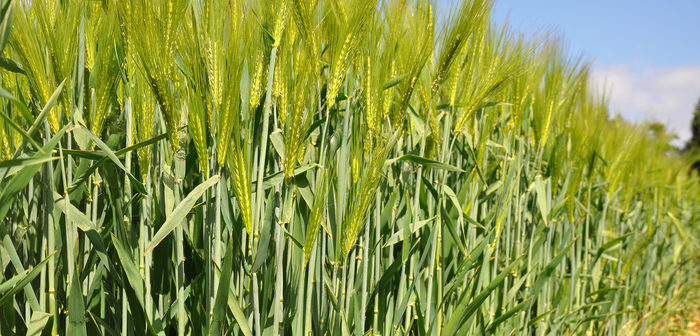Cereal growers concerned about planting delays brought on by wet weather could drill winter hybrid barley 2-3 weeks later than a conventional winter barley variety in suitable conditions, says breeder Syngenta, who has bred both types of barley.
According to Syngenta marketing manager for hybrid barley, Mark Bullen, while the latest that growers may want to plant a conventional winter barley variety might be mid-October, depending on location, a hybrid could be drilled up to the end of October, or potentially into the first week of November, with suitable seedbed and weather conditions.
This is possible, he says, due to hybrid vigour – the strong growth and root development of hybrids that provide them with a degree of resilience.
“Clearly, growers will need to judge their own situation,” says Mr Bullen, “but we have seen hybrid barley perform when drilled later than the typical winter barley window.
“One of the most important factors if drilling at these later timings is to ensure it goes into a high quality seedbed. No matter what crop you’re growing, if you muddle it into a poor seedbed, it becomes much more difficult to achieve a decent financial return.
“In colder and wetter soils, consider also increasing the seed rate. Normally, hybrid barley is planted at a low seed rate of 200 seeds per square metre. That may need increasing to 225 or even 250 seeds per square metre. The aim is to maintain the optimum number of tillers.
“Similarly, using the correct application timings and dose rates for nitrogen fertiliser in the new year will be important. This is to ensure enough nitrogen is available at the right time to support tiller survival and vigour going into the main part of the season,” he adds.
Where growers do have to drill at these later timings, Mr Bullen says some useful benefits can include reduced pressures from black-grass and barley yellow dwarf virus and longer windows for controlling weeds in general in stale seedbeds.
“The vigorous growth of hybrid barley is already well-recognised for suppressing black-grass. More recent trials have also shown its competitive effects against other problem grass weed species of ryegrass and brome.
“Although Scottish growers have made good progress with autumn plantings, hybrid barley is still an option for considering in Scotland, provided that it goes in at the correct seed rate, in the right conditions and is well-managed,” he adds.




